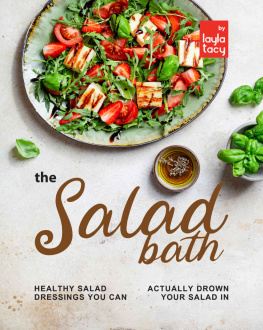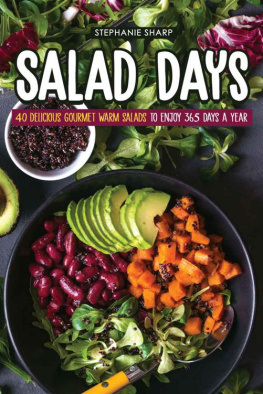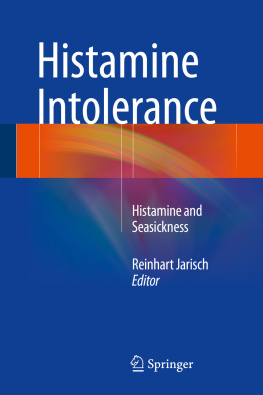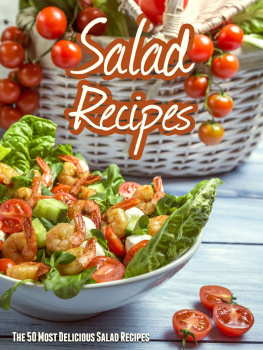ABOUT ME
Looking back there were signs from the start.
I would get peruvial hives and myalgia after eating. I wason Phenergan (an anti-histamine) continuously as a child.
I had intolerances to a wide range of foods, none of whichseemed to make sense, all of which were simply inconvenient.
So I just adjusted and kept moving.
That is until about 8 years ago. The slow sinking slide inmy health became a lightening speed crash. Seeing me end up in hospital about20 times.
It started with an adverse reaction to Metformin, theniodine contrast, and then extreme adverse reactions, to the medicine,prescribed for the adverse reactions.
A professor of immunology eventually diagnosed me withhistamine intolerance and then mast cell activation linked to CYP450 mutations.
Unable to tolerate any medications, he advised me to turn tolifestyle medicine, to optimize my bodys innate ability to heal.
My strategy was simple. It was to reduce any stress on mybody whilst optimizing nutrition, exercise, sleep, and rest.
I removed all foods that I was intolerant to (including allhigh and very high histamine foods) until my body was no longerhyper-responding
At the same time I dramatically improved my nutrition. Ibecame mostly paleo (I removed all processed foods, dairy, grains, legumes, andalcohol) and started eating more vegetables than a vegetarian about 6to 9 cups a day.
In the process I discovered a wealth of flavour andingredients that my body craved. These salad recipes form an integral part ofmy diet.
Today my body has stopped hyper-responding, my tolerance ofhistamine has increased to include high histamine foods, and any symptoms aremerely inconvenient again.
Wherever you are on your healing journey I hope that thisbook inspires you.
Be well
Alison Vickery, 2015
KEYS TO SUCCESS
Avoid all pre-prepared commercial dressings,mayonnaises, and oils that contain preservatives, and artificial additives.
Ensure all oils have no added antioxidants (whichare synthetic). If you cannot tolerate olive oil then substitute any other oilyou tolerate (unless indicate otherwise).
Start with what is local and in season.
Ensure ingredients are in peak condition.
Try something new each week; keep expanding yourvegetable repertoire.
Use herbs as an ingredient (not a garnish). They areextremely high in anti-oxidant, anti-histamine, and anti-inflammatorycompounds.
Consider adding micro-herbs or micro-greens to yourdiet. These have extremely concentrated nutrition. Broccoli sprouts inparticular are extremely helpful for liver detoxification.
If you grow your own vegetables, consider eating anyedible leaves, stalks, or flowers. Many leaves and flowers are extremely highin nutrients.
Rather than focus on what you cannot eat - focus onits flavour - and substitute somethingelse with a similar flavour.
If a salad has sufficient flavour then often itneeds little if any dressing.
A great salad has a crunchy, sweet, savoury,acidity, and a fat element.
Notes:
Micro-greens are extremely easy to grow and increasingly commerciallyavailable. A study of 25 differentplants, found that micro-greens had 4 to 40 times more concentrated vitaminsthan their mature form, including vitamin k, vitamin c, vitamin e, lutein, andbeta-carotene. Their flavour also is more concentrated.

Basic Dressing
Ingredients:
cup, Green Mango, GreenPapaya (Paw Paw), Pomegranate, or Cranberry, juiced
- cup, Olive Oil
1 pinch, Sea Salt
Instructions:
1. Prepare all ingredients.
2. Start with the fruit juice and sea salt.
3. Slowly whisk in half the oil. Then add progressively to taste. If too muchoil is added the flavour balance will be lost.
4. Taste and adjust seasoning and ingredients as needed.
5. Pour into a glass jar and store in the fridge or freeze in stock-cube trays.
Notes:
One of the biggest challengeswith histamine intolerance is a salad dressing.
Vinegar is rarely toleratedand citrus fruit is a mast cell degranulator (meaning it does not containhistamines but can cause histamine to be released from mast-cells in somepeople only).
Some people tolerate citrus.Others do not. Limes tend to be better tolerated than lemons. If you toleratecitrus do not exclude it. If you do not tolerate citrus then all is notlost.
Many herbs have a citrusflavour. Also any acidic fruit(particularly green mango, green papaya (paw paw), pomegranate, or cranberry)can be used.
A teaspoon of camu camu orkakadu plum powder, can also be diluted in two teaspoons of hot water, andadded to dressings to adjust the acidity. Camu camu and kakadu plum, are bothextremely high in vitamin c, a natural anti-histamine.
Herb Oil Dressing
Ingredients:
1 bunch, Soft Herbs, roughly chopped
cup, Olive Oil
1 pinch, Sea Salt
Instructions:
1. Prepare all ingredients.
2. Blend the soft herbs in a high-speed blender.
3. Slowly whisk in half the oil. Then add progressively to taste. If too muchoil is added the flavour balance will be lost.
4. Taste and adjust seasoning and ingredients as needed.
5. Pour into a glass jar and store in the fridge or freeze in stock-cube trays.
Notes:
This recipe demonstrates thatherbs themselves can substitute for vinegar or lemon juice in salad dressings.The herb leaves need to be soft (like basil or coriander) to be broken down.
Soft leafed herbs and oliveoil can also be added straight to your salad as a deconstructed salad dressing.
Pesto
Ingredients:
250 g, Basil Leaves orCoriander or Watercress or Carrot Tops or Nasturtium leaves, roughly chopped
100g, Hemp Seeds or Raw Cashews, activated (see instructions for cashewmayonnaise)
2 cloves, Garlic, peeled
cup, Olive Oil
1 pinch, Sea Salt
Instructions:
1. Prepare all ingredients.
2. Blend the herbs and hemp seeds or raw cashews in a high-speed blender.
3. With the blenders motor running slowly drizzle in the olive oil.
4. Taste and adjust seasoning and ingredients as needed.
5. Cover with extra olive oil and store in fridge.
Coconut Mayonnaise
Ingredients:











